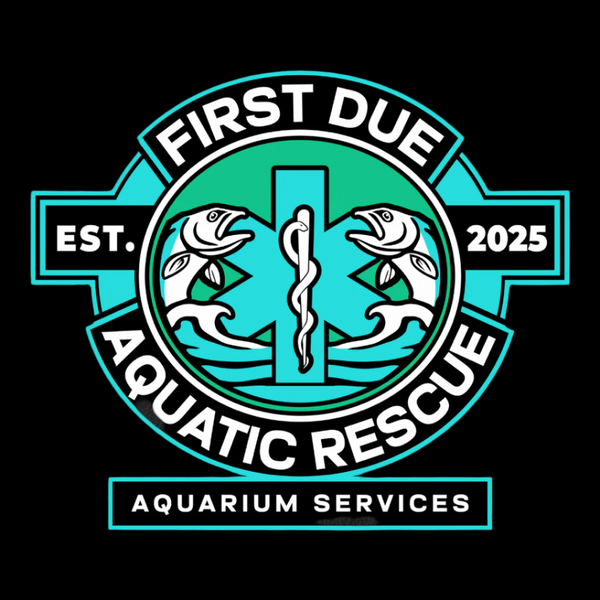First Due Aquatic Rescue
WYSWIYG Indo-Splatter Hammer
WYSWIYG Indo-Splatter Hammer
Couldn't load pickup availability
015 – Indo Splatter Hammer
Scientific Name: Euphyllia ancora
Type: LPS Coral
Overview
The Indo Splatter Hammer is a premium large polyp stony coral prized for its intense contrast and distinctive tip coloration. This WYSIWYG specimen features a sweeping tentacle structure with alternating neon green and violet-pink hammer tips, producing a dramatic “splatter” effect under both actinic and white spectrum lighting.
Hammers are one of the most recognizable centerpiece corals in the reef hobby and thrive in well-maintained LPS or mixed systems. This variant from Indonesia offers particularly bold pigment expression and is ideal for aquarists looking to add motion and visual depth to the display.
Care Requirements
Lighting:
Moderate (PAR 100–200). Performs best under full-spectrum lighting with a balanced mix of blue and white. Too much PAR may bleach tentacle color.
Water Flow:
Moderate, with indirect movement. Tentacles should gently sway without being pushed — excessive flow can cause retraction or damage.
Placement:
Bottom to mid-level rockwork or substrate. Allow at least 3 inches of space between this coral and neighbors, as Euphyllia can extend long sweeper tentacles at night.
Feeding:
Photosynthetic, but benefits from occasional feeding of fine particulate coral foods, reef roids, or enriched brine/mysis. Feeding can increase polyp extension and growth.
Aggression Level:
High. Hammers will sting nearby corals if placed too close. Keep separate from other LPS and softies unless a barrier is present.
Growth Rate:
Moderate. Grows faster with consistent alkalinity, calcium, and magnesium levels.
Difficulty:
Easy to moderate. One of the most beginner-friendly LPS corals, but still benefits from parameter stability and good flow.
Additional Notes
This specific Indo Splatter Hammer features high-contrast patterning with uniquely variegated tips that make it stand out even among premium Euphyllia varieties. For best coloration, maintain slightly elevated nutrients (but avoid dirty water), and avoid rapid changes in alkalinity.
Due to its popularity and limited collection from Indonesia, this coral is often in high demand — making it both a visual centerpiece and a long-term value coral for any reef aquarist.
Share




